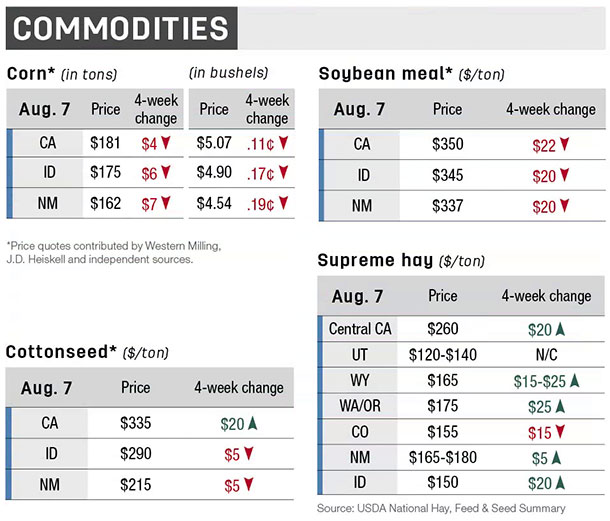Summer is quickly fading into fall, which means weaning time is just around the corner. Weaning is stressful on calves. Prolonged stress can lead to poor performance and have a negative impact on the immune system, making calves more susceptible to disease. However, a carefully planned weaning program can reduce weaning-time stress by preparing calves for the transition. Since weaning management is so critical to our bottom line, here are a couple of considerations to help set us up for success.
1. Consider preparing the system: Preparing calves and facilities well in advance to actual weaning time is key to weaning management. Since immune function and response is reduced during stress, vaccinations should be given three to four weeks prior to weaning.
Additionally, current working and weaning facilities may require some modification. Well-designed working facilities can help reduce stress. Make sure corrals and pens are clean to provide an environment for healthy calves. Consider strengthening fences (i.e., four- to five-strand barbed wire with single electric wire) to ensure cows and calves will remain separated.
2. Consider a low-stress method: Limiting stress is vital to maintain calf health. Fenceline weaning has proven to reduce the stress associated with weaning. However, there is a requirement for sufficient pasture and fencing. Start by moving pairs into the pasture (i.e., one week prior to weaning) where calves will remain after weaning.

This allows calves to become familiar with fence and water sources. It is also recommended to set up the weaning pasture or pen so cows help lure the calves toward feed and water. Consider spending time walking/riding the pen or placing a cull cow/yearling with newly weaned calves to help reduce fenceline walking.
3. Consider pre-weaning management procedures: An effective weaning program should encourage calves to start eating feed right away. Even if you do not creep feed, it might be beneficial to introduce feed. A starter ration can be fed to cows and calves two to three weeks prior to weaning. If not, calves can take one to three weeks to consume enough feed for weight gain.
Weaning stress is heightened when calves are castrated, dehorned, tagged or branded at weaning time. Calves should be worked at least three weeks prior to reduce physical stress. The goal of providing a low-stress environment is the common link among each consideration. Reducing stress during weaning time requires proper management. However, healthier calves lead to increased productivity and profitability.







